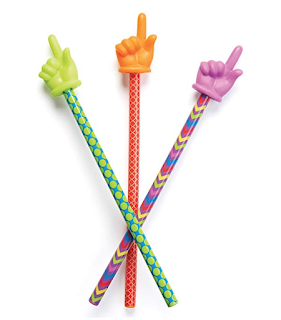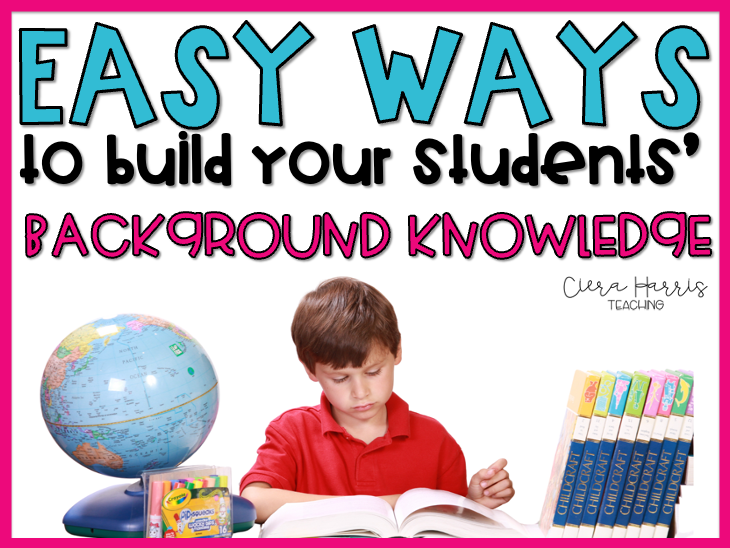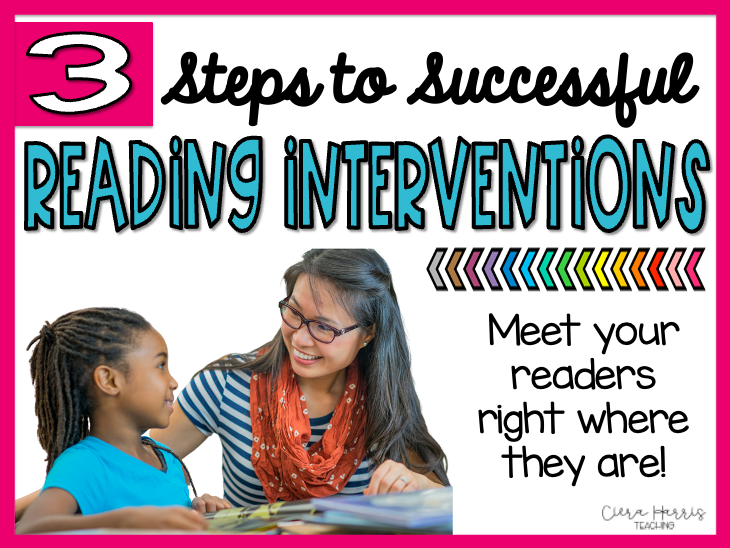Guided Reading is one of my favorite times of the day. Getting the kids excited about diving into a book and using lots of different tools to do so makes our job and their jobs so much more fun! But it always comes down to the big question: What to put in my tool kit? Well I’d love to share with you today what I put in mine!
I don’t always use every tool each time I meet with a group, but I like having it all in one location ready to use when the mood strikes. We all know how planning goes. We can plan one thing but in the middle of the lesson something else end up working better – so its nice to have every tool you could possibly need right there at your finger tips. Let’s take a dive into the basket and see what we’ve got! (I’ll do my best to explain how I use each item, but please let me know if you have any questions. I’ll also include links to certain items so if you’re interested in where to find these to purchase, you have a lead)
I’ve numbered the items. If its hard to see what the number is covering, just refer back up to the original photo at the top of the post. 🙂
1. A Star Light:
I’ve used my light for two main reasons. Every time I meet with a group, I always model the concept I’m focusing on for that lesson. To help the students visualize when I’m modeling and when I’m not, I use the light. When I model – I act like a student. I talk like one, I refer to myself as Mrs. Harris, and I say and do think I know my ‘kids’ would do. So the light helps them know when I’m “Mrs. Harris” and when I’m a “Student”. I call it my ‘thinking’ light. I’ve also used it to show the other students in the classroom who are not with me, that I’m working and they need to hold all questions until the light is off – this helps keep my group interruption free 🙂 You can find these lights at almost any store – Wal-Mart, Dollar Tree, Target… Or you can grab the circle push lights on Amazon!
2. Very Small Index Cards/File Folders:
These are first and foremost adorable! Colorful, small, file folders. They are only 4×6 in size and are great to help keep small files readily available to take notes for all of your kiddos. I usually use a packet each nine weeks. I write the student’s name on the top and on the inside I keep running record notes, fluency notes, etc – whatever I need! These are great to copy for parents and to keep in their file for the year as well. And did I mention they are cute!? You can grab them on Amazon!
3. Reading Comprehension Dice:
I have a feeling a lot of teachers out there use these because the kids love them and they are easy! Have 2 extra minutes at the end of your lesson and don’t know what to do? Roll the dice! They come in both fiction and nonfiction so it doesn’t matter what genre of book you’re focusing on. These are also good to use when you’re getting yourself settled in and the kids are all ready but you’re not. Tell them to each grab a dice and a post it, roll once and answer the question silently. A great introduction to your lesson, keeps the kids quiet and focused and you have a few extra seconds to get yourself focus and organized or deal with that one student across the room who isn’t focused.. 🙂 Click on the photo to check them out or grab them on Amazon!
4. Pointer fingers:
These are great to pick up at Target around Halloween for a buck or two. Kids snap them on and follow along! These are perfect to encourage one to one correspondence and fluency practice! You can grab them on Amazon too if it’s not Halloween time!
5. Number 5 is actually a few items in one bucket: flashlights, magnifying glass, sunglasses, and highlighter strips.
All of these items have pretty much the same purpose as the fingers do, but they can do a bit more and are a little more engaging too. Instead of just having the kids follow along when reading, we use these to help ‘find’ different skills and concepts in our lesson. The kids might use the magnifying glass to be a detective and search for a word with a long vowel sound. They might use the flashlights to ‘spot’ a compound word. They might use the sunglasses when they are the one reading out loud to help keep their eyes focused (yes, it really does work!). This hodge podge cup is great to keep handy because the kids love using all of these materials! The highlighter strips are basically like the fingers too. We use these a lot when we’re focusing more on the text as a whole rather than word work because you can ‘find’ more if that makes sense.

6. Mini Motivational Cones:
Love these and love even more that they are just a DOLLAR! Yes, $1.00! Dollar Tree all the way! I use them to help spotlight students who are doing a good job, answered a question correctly, read fluently, etc etc – you get the picture. At the end of the lesson, anyone who has a cone gets a prize! Sometimes I even have the kids give them to one another and make them give each other feedback. This makes them focus even more on what their peers are doing right and wrong and why. Great learning tool! If you can’t find them in the Dollar Tree, you can grab them on Amazon too!
7. Post-It’s:
Shall I say more? These have unlimited powers when it comes to guided reading. I use them a lot for “Stop & Think”s. Where in the middle of reading we stop, I ask a question, they take a post it and think and write their response and we discuss quickly and continue reading. It helps the students understand that we as good readers always need to stop and think about what we’re reading. They can be used for exit tickets. The smaller ones can be used to have students identify pieces of their text. “Find me evidence to prove the setting of the story..” Boom – Post it! You gotta love them!
8. Colorful Hair Ties:
Just in case your hair falls down.. Just kidding! I use hair ties for grouping. Even in a small guided reading group of 5-6 kids (sometimes bigger unfortunately) I want to group my kids into pairs or smaller groups for discussion or an activity. Yes, Its just as quick to say “You two together and you two together” But where is the fun in that!? Using these makes grouping ‘random’. I put “‘s around that word because you can make it random by letting them pick or you can make it look random by placing a colored band in front of their seat before they sit down. You’ve previously chosen the groups because of XYZ but they don’t know that!
9. Highlighter Tape:
The ‘repositional’ kind! Highlighter tape works great to have kids identify pieces of the text while working – and unlike all of the other tools that do the same, this will stay in place! I love using this when switching books around or having the kids leave their text behind for me to ‘grade’. I hope I’m making sense with this one – I may have the students highlight the clues when making an inference. Then switch books with another student and then they have to use what’s highlighted to make the inference the person before them already made. Or I’ll have them make an inference and highlight the clues before leaving as their exit ticket. I can easily open their books and see whether or not they can identify the clues in the text. Do you see what I mean now it stays in place!?
10. Stickers:
You always need stickers! You ARE a teacher right 😉
11. More pointers:
You can never have enough! And letting the kids choose their pointer… motivational!
12. Smencils:
Just another small way to help motivate students – let them write with a Smencil! These just add a bit of fun to your group and can help make your learning come to life!
13. Blooms Taxonomy Question Flip Book:
I love having one of these on hand. I feel like I’m pretty good with pre-thinking up my questions I want to have answered as well as coming up with others on the spot. But sometimes my kids either struggle with something I didn’t foresee or they catch onto something that I thought they’d struggle with. So now I’m caught on the spot in a place I didn’t plan for! Hence – the Flip Book! Grab it, open it to challenge or remediate your questioning to help guide your lesson as needed! I even use the verbs to have the students generate questions in specific blooms categories for one another to answer (this takes practice!)
14. Guided Reading Question Cards:
These cards (like the dice) are great to use in a lesson if your lesson as gone quicker than expected. OR you can plan to use them too! They have them for both fiction and nonfiction. What I love about them even more is they are geared towards “Before, During, and After” reading so you can really use them at specific points in a lesson.
Things that are usually in the basket but aren’t pictured:
* Pens/Pencils
*Popsicle Sticks w/ Smiley Face post its on the end (Smiley on one side and sad on the other) These are great for question/answer sessions!
*dry erase markers
*Small anchor charts (as needed)
*High frequency word flash cards
*Extra mentor texts on hand (just in case!)
And there you have it! Whew! 🙂 That’s a lot to cram in that little basket! I’d LOVE to hear what else you have in yours (that I just may have to put in mine!!) I hope you found something new to put in yours! Let me know what you think 🙂
















